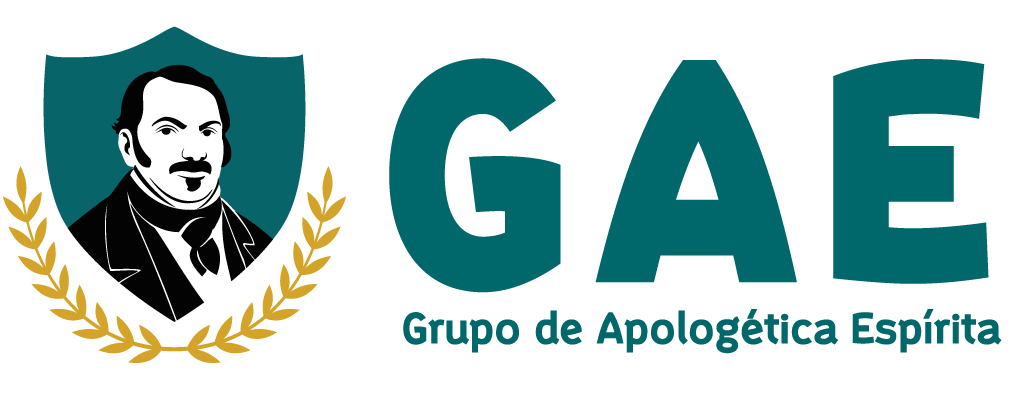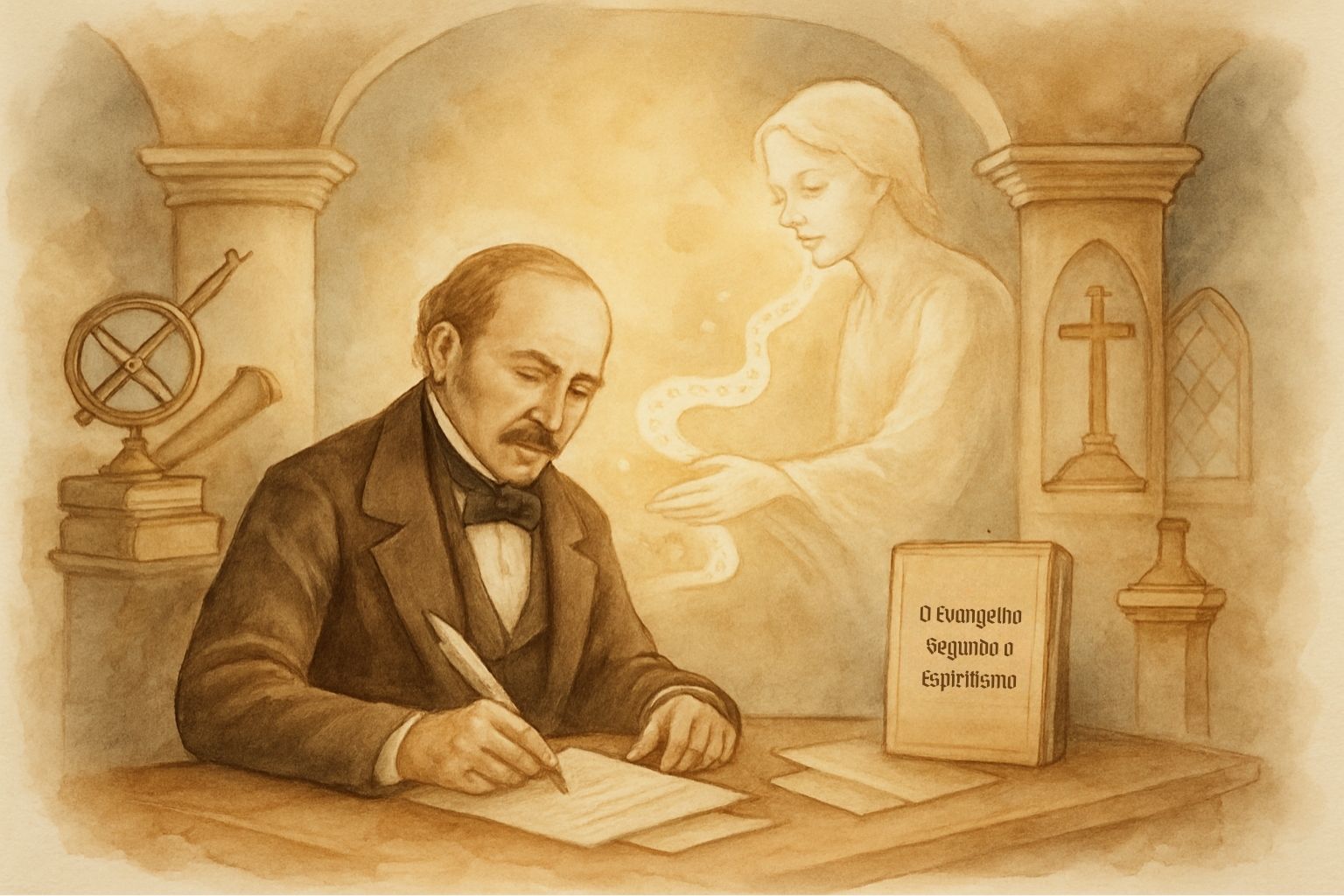|
Getting your Trinity Audio player ready...
|
Resumo: O artigo científico analisa a inclusão, na introdução de “O Evangelho Segundo o Espiritismo”, de uma seção sobre a autoridade científica da Doutrina Espírita, em vez de colocá-la em obras de caráter mais filosófico-científico. O autor propõe uma hipótese para explicar essa escolha, baseada em mensagens mediúnicas recebidas por Kardec durante a elaboração da obra. Essas mensagens sugerem que a inclusão dessa seção era crucial devido à importância do Evangelho Segundo o Espiritismo, aos ataques esperados da Igreja, e à necessidade de demonstrar a compatibilidade do Espiritismo com o progresso científico. O estudo busca, portanto, estimular novas pesquisas em documentos históricos para corroborar ou refutar essa hipótese. A pesquisa também aborda a relevância do “Controle Universal do Ensino dos Espíritos” para a validação de informações espíritas.
Palavras-chave: autoridade científica, Evangelho Segundo o Espiritismo, Allan Kardec, progresso científico, Controle Universal do Ensino dos Espíritos.
Abstract: This scientific article analyzes the inclusion, in the introduction to “The Gospel According to Spiritism”, of a section on the scientific authority of the Spiritist Doctrine, instead of including it in works of a more philosophical-scientific nature. The author proposes a hypothesis to explain this choice, based on mediumistic messages received by Kardec during the preparation of the work. These messages suggest that the inclusion of this section was crucial due to the importance of the Gospel According to Spiritism, the expected attacks from the Church, and the need to demonstrate the compatibility of Spiritism with scientific progress. The study therefore seeks to stimulate new research in historical documents to corroborate or refute this hypothesis. The research also addresses the relevance of the “Universal Control of the Teaching of the Spirits” for the validation of Spiritist information.
Keywords: scientific authority, Gospel According to Spiritism, Allan Kardec, scientific progress, Universal Control of the Teaching of the Spirits.


